

NEW
Safdarjung Tomb Delhi
Built in the year 1754, Safdarjung Tomb is the last garden tomb constructed in the late Mughal Empire Style. It is the sandstone and Marble mausoleum of the Mughal statesman Mirza Muqim Abul Mansur Khan who was popularly known as Safdarjung. This monumental tomb seems to have an architectural inspiration drawn from the Humayun tomb, whereas for its construction slabs from the tomb of Abdul Rahim Khankhana were used.
Safdarjung Tomb has a double storied entry gate and a five-part facade all beautifully crafted in purple. It also carries an inscription on in Arabic that says “When the hero of plain bravery departs from the transitory, may he become a resident of God’s paradise”. The tomb has a ninefold floor plan containing many rooms and libraries. At the right of the main gate lies the three domed mosques. The facade and the central dome built on a terrace give the mausoleum of Safdarjung a somewhat resembles to that of the Taj Mahal, except the lack of symmetry due to the vertical prominence given to structure. The four octagonal towers on its four corners are also different from the Taj Mahal in which they stay detached from the facade of the tomb.
The time Safdarjung tomb was built, the Mughal empire was in its decline stage. Hence, poor quality of construction material is used, like sandstone instead of marble. Which is why, the architecture of the monument has been criticized for lack of quality and also for lack of proportioning. But still its unsurpassed glory gives a reason to the tourists to must see this place on their sightseeing tour in Delhi.
History of the Attraction
Safdarjung is the best place to visit for taking a stroll around its interesting history while enjoying the gentle breeze in its peaceful garden. Safdarjung was a persian native and the ruler of Awadh serving as the viceroy of Muhammad Shah of the Mughal empire. After his death, he moved to Delhi and became the prime minister when Muhammad Shah Ahmed Shah ascended the throne of the Mughal empire in 1748. Later on, when the king got drowned in wine and opium life, Safdarjung over exercised his power and tried to take everything in his control, when the King’s family took the help of their Hindu Maratha confederacy to drove him out of Delhi and seize the control back on their hands in 1753. Safdarjung did not live much longer after that and died in 1754. Nawab Shujaud Daula, his son pleaded the Mughal empire to allow him to erect his father’s tomb in Delhi.
Getting there
The nearest metro station to Safdarjung Tomb is Jor Bagh, from there the tourists or the localites can take an auto or taxi to cover the short distance to this heritage attraction.
Things to do in and around
The history lovers can take a dip into the old Mughal architecture while admiring the intricate beauty of the Safdarjung tomb. One can also indulge into photography in the manicured gardens around the tomb. The other tourist attractions lying near to it is the Lodhi Garden where one can also find amazing restaurants to satisfy their urge for food. Shopping at khan market is another interesting thing the tourists can enjoy near the Tomb of Safdarjung.
Opening and closing time
The Tomb of Safdarjung is open all days of the week from 7am to 6pm.
Entry Fees
The tourists are charged with an entry fee of Rs. 15 from Indians and Rs. 200 from foreigners. No fee is charged for taking pictures inside but for videography one has to pay a nominal amount of Rs. 25.
Best Time to Visit:
Delhi tourism catch up its pace mainly during winters, as summers are quite hot in here. Also, evening time between 4pm to 6pm when sun is not too harsh is also favorable to spend a quality time with friends and family at the Safdarjung Tomb.








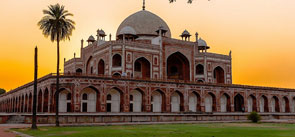
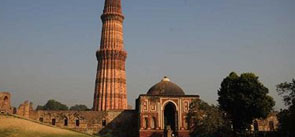
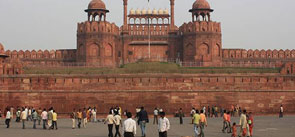
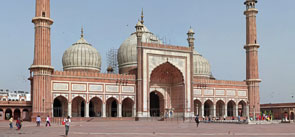


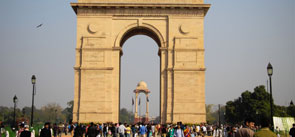
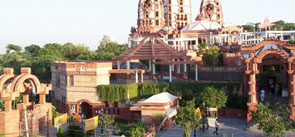
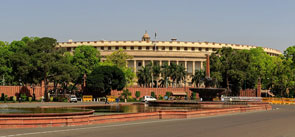

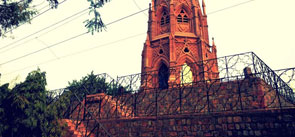
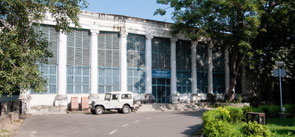
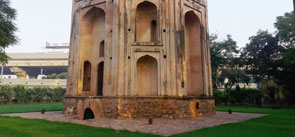
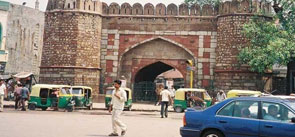
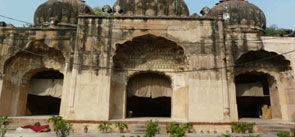
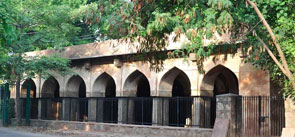
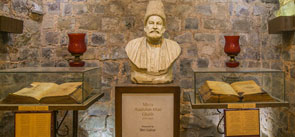
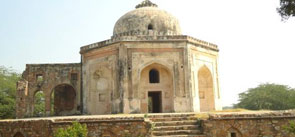
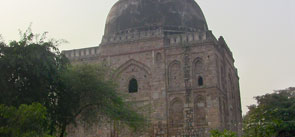
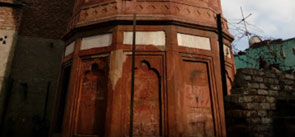
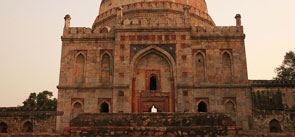
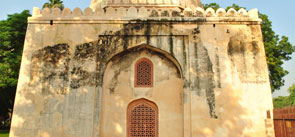
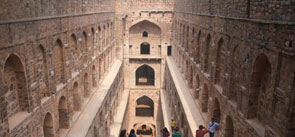

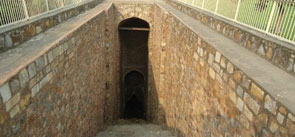
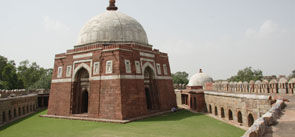
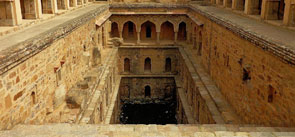
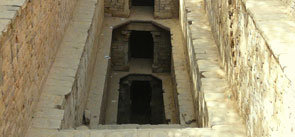
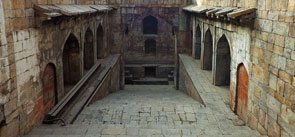
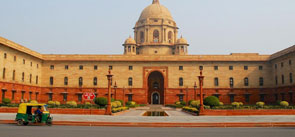
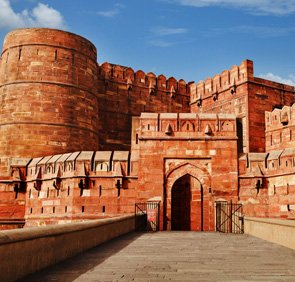
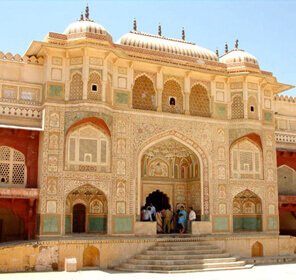
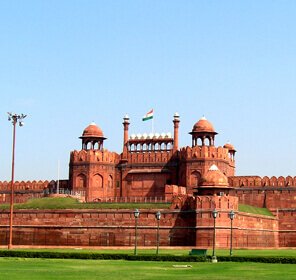
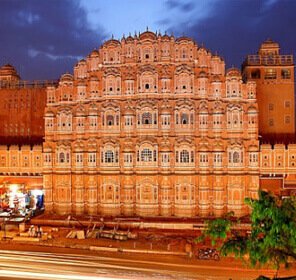

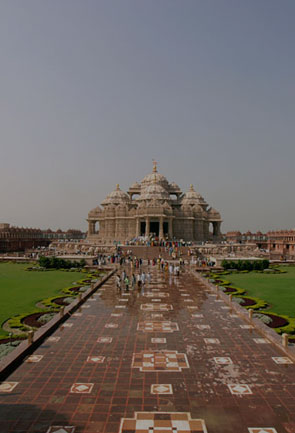

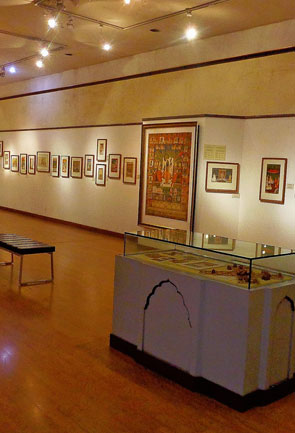
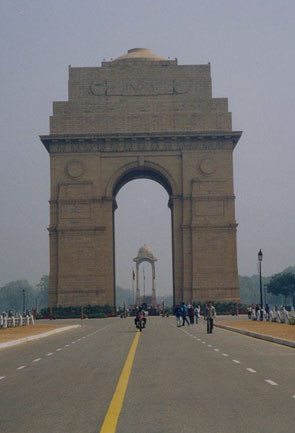
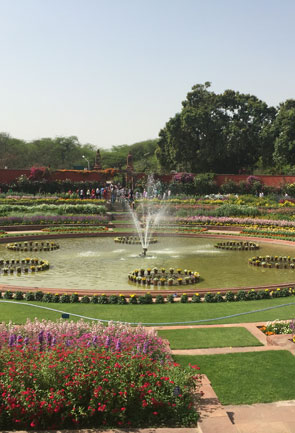

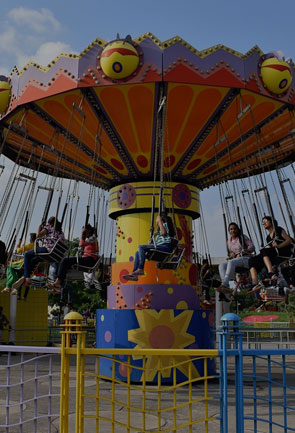


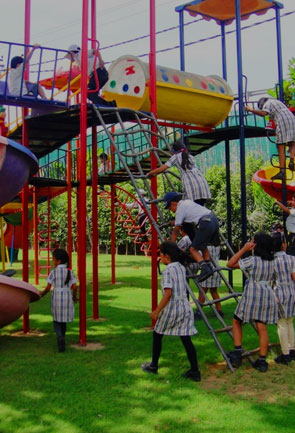



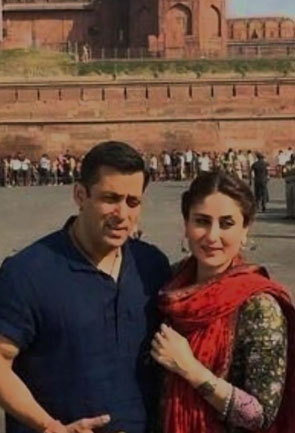

 Plan Trip
Plan Trip Call Us
Call Us Packages
Packages Home
Home